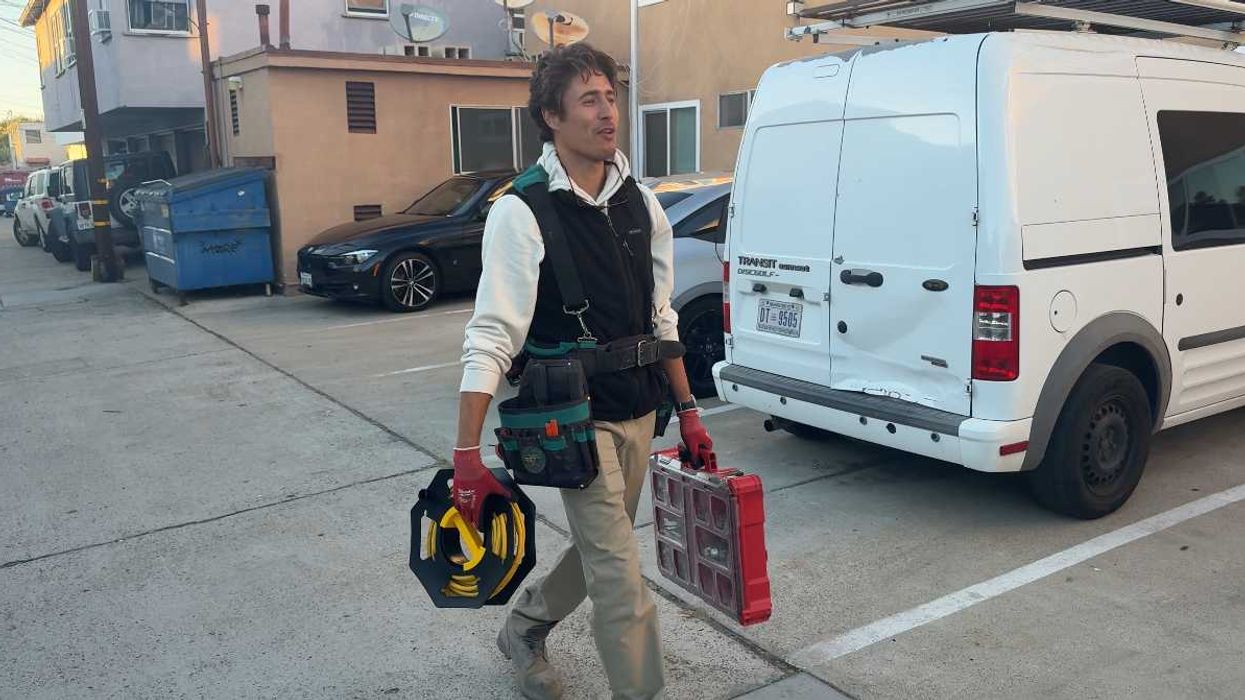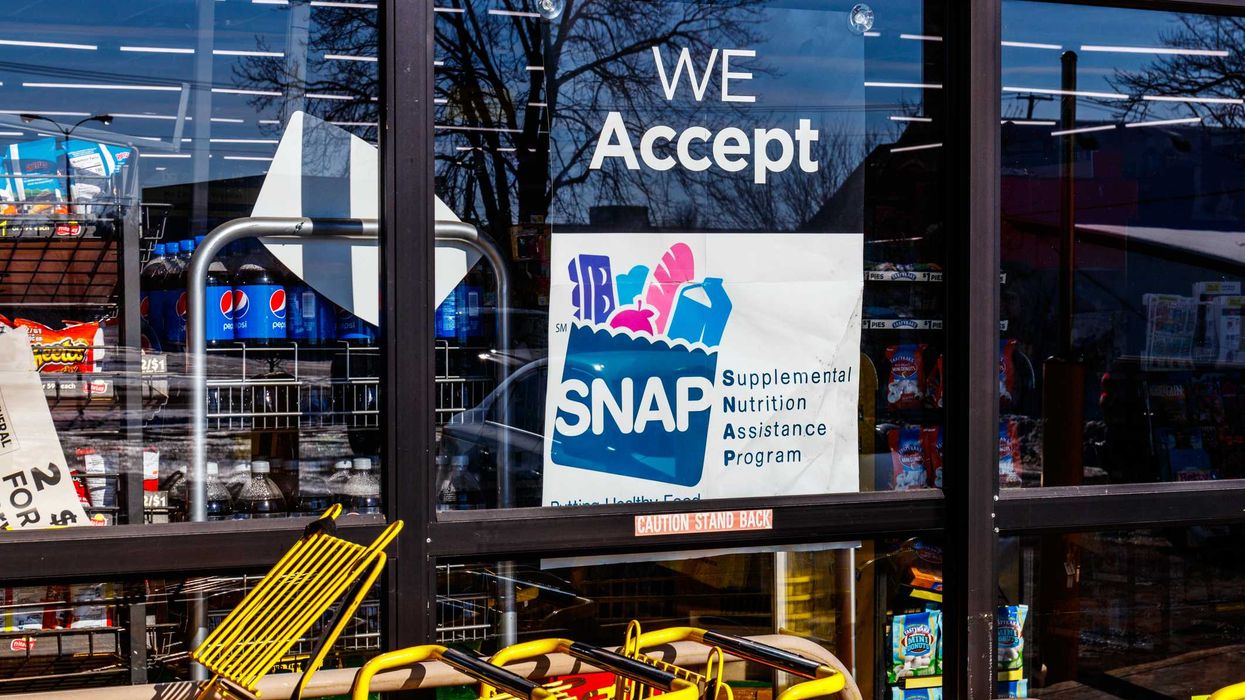On a cool November morning, electrician Gabriel Farías loads his tools into the back of a white van parked outside a housing complex under construction east of San Diego. He takes a sip of coffee and shakes his head. “Everywhere I work, there are immigrants,” he says. “They do the jobs no one else wants. For me, they’re essential.”
Farías came to California several years ago and now works legally for a local company. He says the construction sector, already stretched thin, would collapse without immigrant labor. But lately, something has changed. “Around midyear, you could already notice it,” he tells The Fulcrum. “Before, immigrants used to show up looking for work every day. That’s dropped a lot. Many are afraid of raids or being deported.”
He’s not imagining things. A recent Pew Research Center analysis based on U.S. Census Bureau data shows that as of June 2025, there were about 51.9 million immigrants living in the United States, down from 53.3 million in January, a drop of roughly 1.4 million people in six months. That decline has already rippled through industries that depend heavily on immigrant workers, from construction and agriculture to food processing and caregiving.
 Todd Walters, UFCW Local 135 president, in his office in San Diego.Credit: Alex Segura
Todd Walters, UFCW Local 135 president, in his office in San Diego.Credit: Alex Segura
At UFCW Local 135, one of Southern California’s largest unions representing grocery and food industry employees, president Todd Walters has been watching the trend with growing concern. Sitting in his office near downtown San Diego, Walters points toward a large map of the U.S.–Mexico border hanging behind his desk. “If we just close our minds and say we don’t want any type of immigration, we’re going to have holes in our economy,” he says in an interview with The Fulcrum.
He points out that thousands of people cross daily from Tijuana into San Diego to work and pay taxes. Many of them have legal work permits or visas that allow them to support both sides of the border. “They keep this economy afloat,” Walters says. “But the way the administration is handling things right now, with fear, intimidation, and uncertainty, is hurting our economy.”
His words echo across a region that depends on cross-border labor for everything from hospitality to logistics. Tighter border enforcement, more frequent workplace raids, and slower visa processing have combined to create what economists call a chilling effect. Workers who once filled open jobs are disappearing, and employers are struggling to replace them.
Three hours north, in Los Angeles, Daniel Jefferson sees the consequences every day. He works at the Pilipino Workers Center, a nonprofit that supports immigrant caregivers and service workers, many of them undocumented. “A lot of our members do not want to go out in the world,” he says. “They’re afraid to go to the grocery store. They’re afraid to just live their everyday lives.”
Jefferson says fear has become a management tool. “Employers feel emboldened to exploit them, to threaten them with deportation,” he adds. “That’s illegal, but it’s happening.”
In neighborhoods across Los Angeles, the anxiety is visible. Food delivery workers avoid police checkpoints. Home care aides travel in pairs. Some families keep children home from school after hearing rumors of immigration sweeps. Jefferson believes the government’s current approach, closing legal pathways and intensifying enforcement, only deepens the crisis. “The solution is not cutting that off,” he insists. “Then you’re just left with a worse worker shortage. We need a system where workers can be protected and not live in fear.”
Across California, labor shortages are forcing companies to slow projects, shorten business hours, and raise pay to attract workers. Industry groups and economists warn that construction and service jobs are among the hardest to fill, a problem made worse by tighter immigration rules and declining migrant labor. The California Chamber of Commerce has repeatedly called attention to the need for a stable workforce to sustain growth in these sectors.
For Farías, the San Diego electrician, that’s already a daily reality. “We can’t find people,” he says. “Sometimes I end up doing the work of two.”
Yet despite their importance, immigrants remain caught between political battles and economic dependence. Policies designed to deter illegal immigration often end up discouraging legal workers as well, especially when raids and paperwork backlogs spread fear across entire communities. Walters, the union leader, believes the debate has drifted far from economic reality. “This country’s food supply, construction, health care, all of it relies on immigrant labor,” he says. “We’ve built an economy that needs them, but we treat them like they’re disposable.”
In Washington, the White House has defended its tougher stance on border control as necessary to restore order to the immigration system. But for many workers on the ground, order feels indistinguishable from intimidation. Reports of workplace inspections and immigration checks have surged in recent months.
Back in Los Angeles, Jefferson says the emotional toll is heavy. “People are tired,” he tells The Fulcrum. “They just want to work, pay their taxes, and go home safely. But right now, they don’t feel safe anywhere.”
By late afternoon, Farías is finishing up a wiring job. He wipes the sweat from his forehead and glances at the sun setting behind the hills. “They say immigrants take jobs away,” he murmurs. “But if we left tomorrow, who would build these houses?”.
For all the heated debate in Washington, the answer on the ground remains simple and visible in every city skyline, restaurant kitchen, and hospital wing. The United States depends on immigrant labor to keep its economy alive. Yet as enforcement intensifies and legal avenues close, that backbone is weakening. Unless policymakers find a balance between control and compassion, the consequences will be felt not only by those who cross borders, but by everyone who relies on the work they do.
Alex Segura is a bilingual, multiple-platform journalist based in Southern California.




















